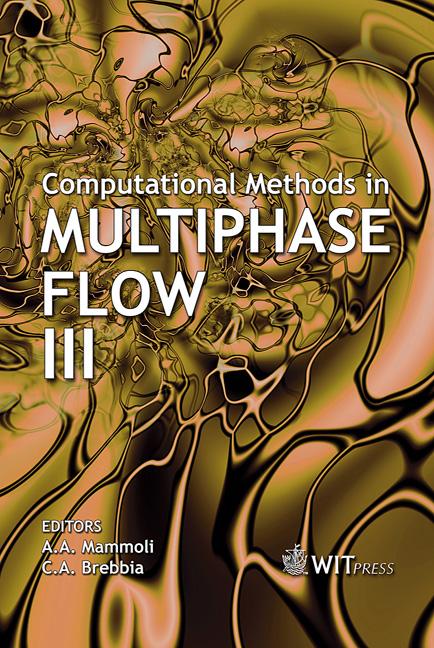An Indirect Boundary Integral Equation For Confined Stokes Flow Of Drops
Price
Free (open access)
Transaction
Volume
50
Pages
9
Published
2005
Size
641 kb
Paper DOI
10.2495/MPF050081
Copyright
WIT Press
Author(s)
G. Zhu, A.A. Mammoli & H. Power
Abstract
An indirect boundary integral formulation is used to model the viscous flow of drops in a container. The indirect formulation results in well-conditioned linear systems, suitable for solution using iterative methods. The formulation is tested using several benchmarks. The tests allow the determination of the range of viscosity ratio and capillary number which can be treated accurately using the formulation. The convergence behavior is also tested, and it is shown that it is relatively independent of the systems size, and that the method is suitable for treating systems with large numbers of drops. Finally, the method is applied to a typical problem, that of the flow of one or more drops through a contraction. The outcome of the passage through the contraction is highly dependent on the viscosity ratio and the capillary number. 1 Introduction Multiphase flow in porous media is currently one of the more challenging topics in fluid mechanics. In many cases (gas sequestration in aquifers, oil recovery, filtration), one continuous phase carries drops and particles of different phases. The interaction of the multiphase fluid with the porous formation at the scale of the droplet size or pore size determines the macroscopic characteristics of the flow. An experimental treatment of the phenomenon presents considerable difficulties due to the small scales involved, on the order of a few microns. As a consequence, Insight into the interaction may be obtained using simulation. Boundary integral techniques appear suitable for this type of problem, characterized by very complex, evolving geometries. Recently, several types of acceleration methods have
Keywords





